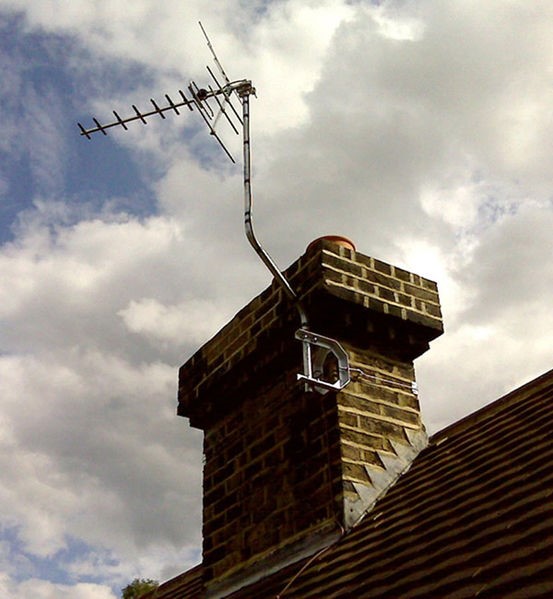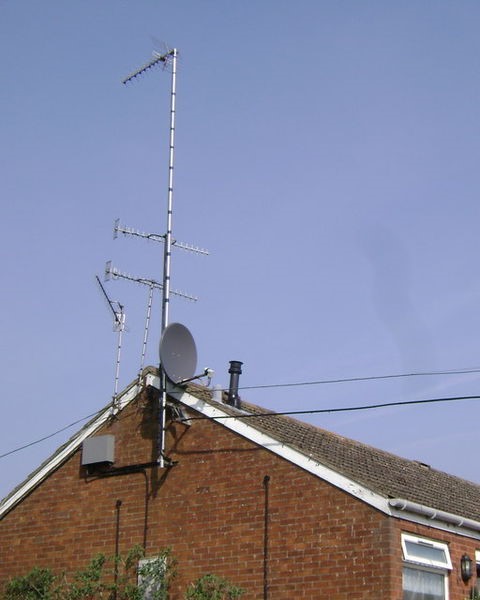Aerials function more effectively without roofs obstructing the transmissions. However, if the strength of the signal is reasonable or good, antennas can work successfully in lofts.

Image Credit
Watch out for restrictions
In poor signal areas, loft installation is not normally recommended. Some people may face planning restrictions on antennas outside, or there may be access problems.

Signal strength
The next stage is to find out the local signal strength. This matters for your choice of aerial, and it’s also important in case you plan to operate more than one TV from the antenna.
With a medium or strong signal strength, it’s not necessary to know the transmitter; simply use the Log 36 (pre-wired) aerial.
Which transmitter?
Always remember the Line of Sight rule: where does the antenna have the clearest view of the transmitter? The nearest transmitter may not be the best.
TV aerial installation Bristol-based firms include http://aerial-installations-bristol.co.uk/installation-and-repair-services/tv-aerial-installation-bristol.
Some information on TV antenna planning permission can be found at https://www.planningportal.co.uk/info/200130/common_projects/48/satellitetv_and_radio_antenna.
Aerials are directional, so the simplest way to find out which transmitter you’re on may be to look at where the other antennas are pointing.
If you’re just replacing your aerial, identify the transmitter through the programme frequencies that are tuned on your TV. Alternatively, try the Ofcom website page on UK digital television transmitter details.
Postcode predictors
To find out which transmitters you might be able to use, try the Digital UK coverage checker online.
New cable matters
If you don’t have top-quality satellite cable in place, you should change it. A poor picture may occur if the cable is cracked, perished or installed incorrectly.
Setting up your aerial
Poles come in lengths of 3 to 12 feet. Once pole height has been established, the bracket comes next. A wall bracket is screwed to the wall, whereas a chimney bracket is lashed to it.
If you plan to use two or more TVs, knowing the strength of your signal is crucial so you can decide if you should use an amplifier or a splitter. A splitter divides the signal from the aerial to supply multiple points.
If your area has poor reception, an aerial amplifier may be the answer.
Your TV installer can be on hand to advise.



Leave a Reply
You must be logged in to post a comment.